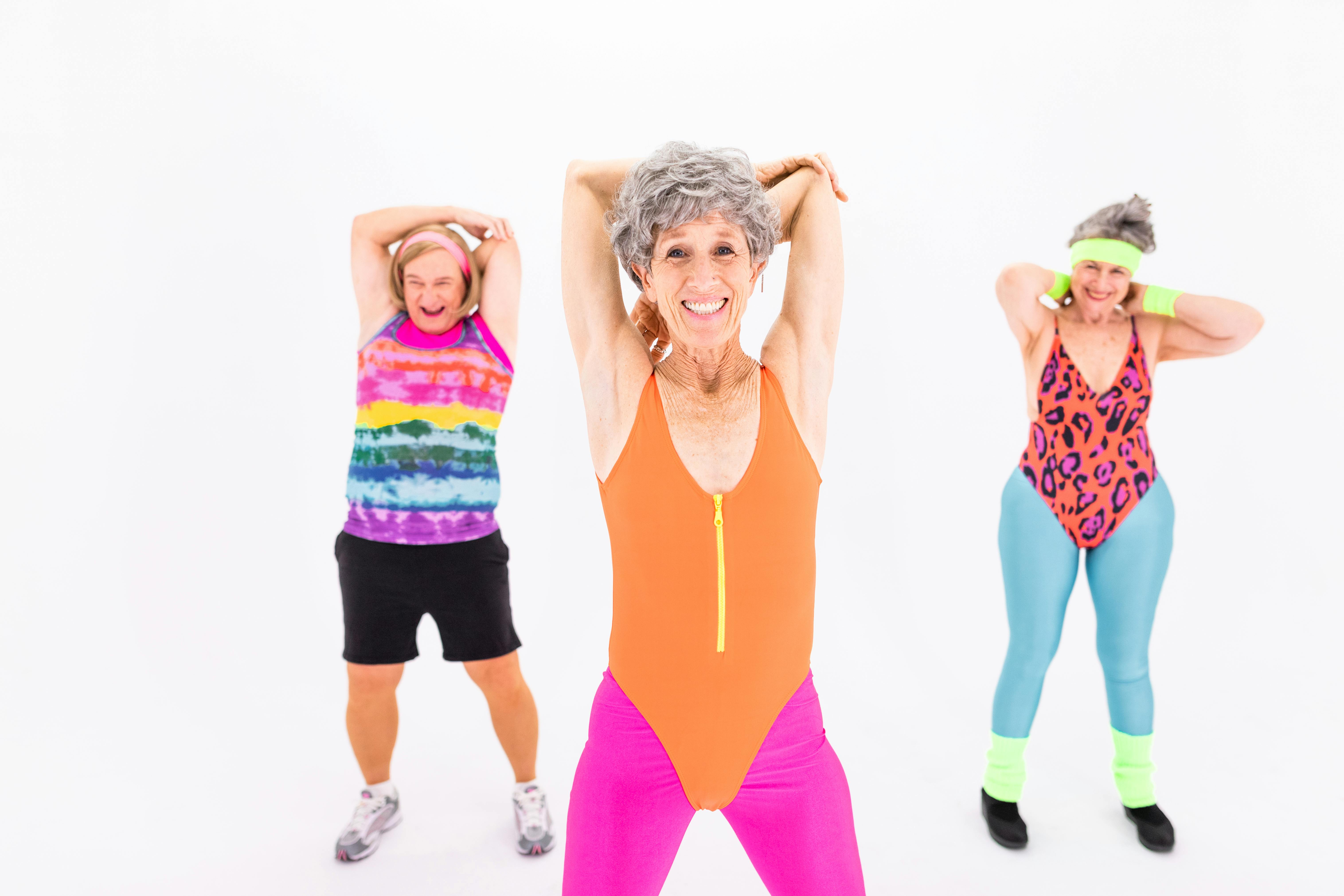Discover the Transformative Benefits of Dancing
Dancing is more than just an art—it’s a dynamic way to improve your life. In a world increasingly focused on wellness, the benefits of dancing are capturing attention for good reason. This article explores how dancing enhances physical health, boosts mental clarity, nurtures emotional wellbeing, and creates strong social bonds.

Understanding the Fundamentals
The benefits of dancing stem from its unique combination of movement, music, and rhythm. As both a physical activity and expressive outlet, dancing serves diverse functions across cultures and generations.
Historically, dance has been used in rituals, celebrations, and even healing practices. Its roots in human history demonstrate its integral role in community and self-expression. Today, we see its value magnified in modern health and wellness programs.
1.1 Physical Health Improvements
Dancing strengthens the cardiovascular system, tones muscles, and improves flexibility. Studies show that people who dance regularly have a lower risk of heart disease and improved endurance.
From ballet to hip-hop, each style offers a full-body workout that supports core strength and coordination. Many overlook dancing as a fitness tool, but its consistent movement burns calories effectively while being low-impact on joints.
1.2 Mental and Emotional Wellness
Unlike many exercises, dance engages both the mind and the body. This dual stimulation enhances cognitive functions, such as memory and focus, while reducing stress.
Dance therapy is now widely used to help with anxiety, PTSD, and depression. The rhythmic nature of dance has a meditative effect that helps regulate emotions and increase happiness levels naturally.
Practical Implementation Guide
Now that you understand the fundamentals, it’s time to explore how to integrate dancing into your daily life. Whether you’re a beginner or returning to dance, small, consistent steps yield impressive results over time.

2.1 Actionable Steps
- Start with Your Style: Choose a dance form that matches your interests, such as salsa, contemporary, or Zumba.
- Gather Resources: Use online classes, local studios, or mobile apps to access quality instruction and guidance.
- Set a Weekly Schedule: Begin with 2-3 sessions per week, gradually increasing frequency as your stamina improves.
2.2 Overcoming Challenges
Common obstacles include self-doubt, lack of time, and fear of judgment. To overcome these:
- Lack of Confidence: Practice at home before joining a class to build comfort.
- Time Constraints: Integrate short dance breaks into your day, even 10 minutes can make a difference.
- Fear of Mistakes: Embrace learning; mistakes are part of growth.
Experts suggest focusing on enjoyment rather than perfection. Recording your progress or dancing with a friend can also enhance motivation.
Advanced Applications
As you develop your dance skills, there are more specialized approaches to amplify the benefits of dancing. These advanced methods are suited for individuals seeking deeper mind-body integration or performance growth.

3.1 Dance as a Therapeutic Tool
Dance movement therapy (DMT) is now used in clinical settings to treat trauma, autism, and grief. Research indicates that DMT improves neural pathways, emotional regulation, and even speech in patients with developmental disorders.
Hospitals, rehabilitation centers, and schools are adopting dance as a non-invasive therapy, making it a powerful complement to traditional treatments.
3.2 Professional and Competitive Dancing
Advanced dancers can compete professionally or teach others. Competitive dancing builds discipline, time management, and public presentation skills.
Additionally, dancers who perform regularly must integrate nutrition, recovery, and cross-training for sustained success. This synergy strengthens body awareness and enhances long-term performance outcomes.
Future Outlook
With wearable tech, virtual reality, and AI-powered choreography tools entering the scene, the future of dance is more innovative than ever. These technologies allow dancers to personalize training and monitor progress in real time.
Experts predict that the benefits of dancing will increasingly be harnessed in workplace wellness programs, elderly care, and education. Staying updated and flexible will help dancers and enthusiasts thrive in this evolving space.
Conclusion
The top three takeaways are: dancing boosts both physical and mental health, it’s accessible for all ages, and it builds lasting social connections. The benefits of dancing touch every aspect of life.
Start today by choosing your favorite dance style and committing to a regular schedule. Whether for fun, health, or personal growth—dance is the answer to moving forward in life with joy and strength.
Frequently Asked Questions
- Q: What are the most basic benefits of dancing? Dancing improves heart health, strengthens muscles, reduces stress, and lifts your mood.
- Q: How can I start dancing if I have no experience? Begin with beginner-friendly online classes or group lessons at local studios.
- Q: How much time should I invest in dancing weekly? Aim for at least 60–150 minutes per week depending on your goals and fitness level.
- Q: Is dancing an expensive hobby? It can be very affordable; many resources are free online, and you can practice at home with minimal equipment.
- Q: How does dancing compare to other exercises? Dancing is more fun, often more engaging, and equally effective in burning calories as other aerobic workouts.
- Q: Is dancing hard to learn? While some styles are more complex, most people can pick up the basics within a few sessions. Consistency is key.
- Q: Can dancing help in my professional life? Yes, it builds confidence, communication, and stress management skills—useful in any career field.
